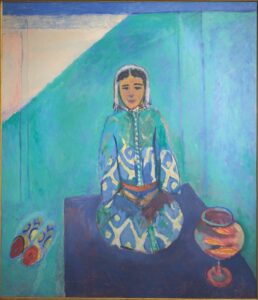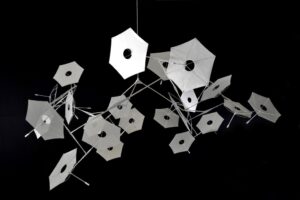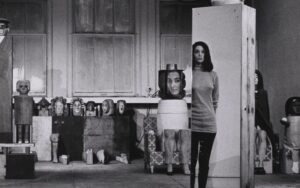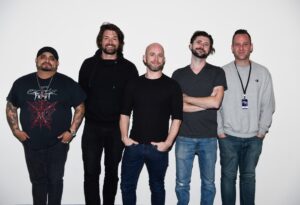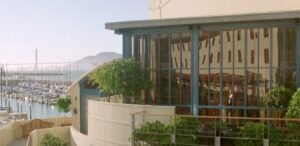On Art Basel’s 55th Anniversary, Dealers Recall the Good Old Days
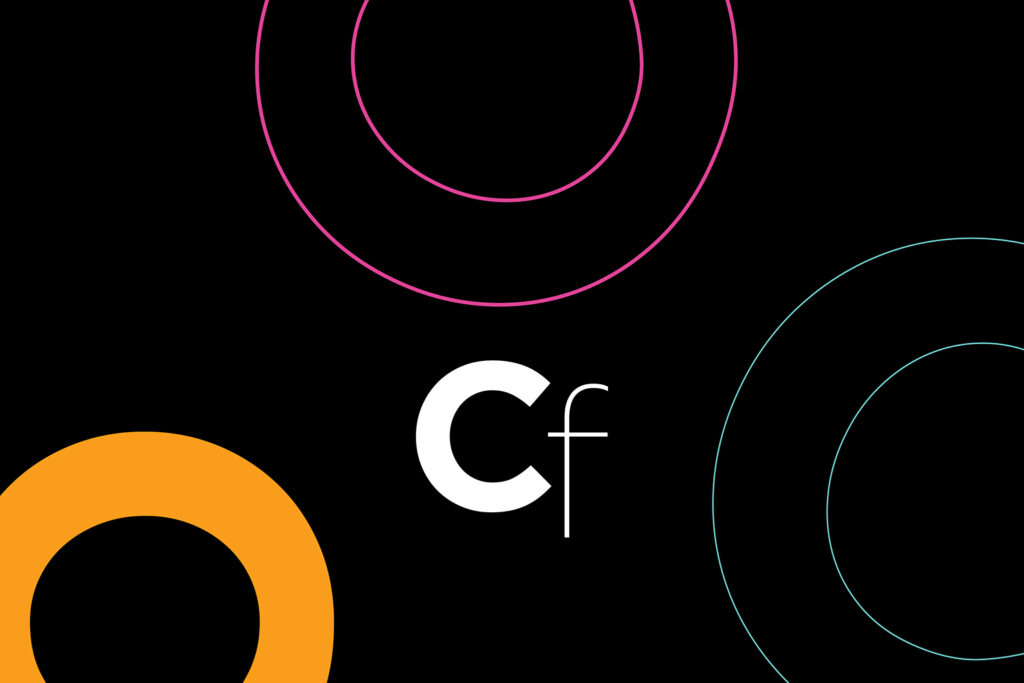
Back in 1970, when Art Basel was founded, there were just a handful of major fairs. Today, however, by some estimates, there are more than 300 art fairs. But even still, Art Basel remains the main fair for many of the dealers showing in Switzerland this week.
David Fleiss, the cofounder of Paris’s Galerie 1900-2000, participated in the 1970 and 1971 editions of the fair, before taking a long hiatus until the ’90s. He’s been going ever since. “The fair is the fair for us. We meet the best collectors and the best museum curators we can meet in any fair,” he said. “It is still the fair where you can see the best works galleries have to offer.”
Art Basel was founded in 1970 by Swiss art dealers Ernst Beyeler, Trudl Bruckner, and Balz Hilt, and has now turned into a global behemoth, with editions also held in Hong Kong, Miami Beach, Paris, and soon even Qatar. Yet the Swiss edition is the one people cannot miss, and dealers told ARTnews that it seems poised to remain that way.
Technically, Art Basel was not the first fair in the city: the Basel Gallery Association staged a fair in 1968, though it only featured local galleries. Bruckner pushed for a larger fair with international representation, eventually bringing on Beyeler and Hilt, who then partnered with the local trade fair Mustermesse.
The first Art Basel had 110 exhibitors—90 galleries and 20 publishers—hailing from Austria, France, Germany, Italy, Netherlands, Norway, Spain, Switzerland, United Kingdom, and the US. There were both primary market and secondary market dealers at the fair, which cost 5 Swiss Francs (about $20 in 2025 US dollars) to attend.
Austrian dealer Thaddaeus Ropac saw the fair in its early days, visiting for the first time in 1981 and making his debut as an exhibitor in 1985. As Ropac recalled to ARTnews, while Basel had already become the most important art fair at that point, it still faced strong competition from the Cologne Art Fair, due to Germany’s then-booming art market. He recalled Art Basel as a more “Eurocentric” gathering of “a small familiar group of people.”
Things used to be a bit more improvisational at Art Basel, according to Ropac, who remembered one year when he spotlit the work of Sturtevant, an artist known for copying others’ pieces. When Ropac was late with the transport for her work, Sturtevant insisted on bringing the work herself and found herself stuck at Swiss customs, which doubted that she was the maker of these objects.
“I had to rush over with catalogs and documentation to prove her identity and that she was the creator of the work,” Ropac said. “Only then did the customs officials become more forgiving. It was chaotic but very memorable.”
Art Basel has become intertwined with the lives of many dealers. Iwan Wirth, cofounder of mega-gallery Hauser & Wirth, first attended the fair in 1987 at just 17 years old—one year after he opened his first gallery. He visited the fair with Swiss painter Bruno Gasser, the first artist he ever showed, and Andy Jillien, his first collector. The gallery made its Art Basel debut a decade later, in the first year it was eligible.
For Wirth, one of his most cherished memories is watching his eldest son, Elias, then a young boy, playing in the gallery’s booth. “He was climbing and hiding inside aluminum barrels that were part of an artwork by Jason Rhoades,” he told ARTnews. “We have pictures of Elias sitting inside there and smiling like the happiest Art Basel visitor ever.”
Dominique Lévy of Lévy Gorvy Dayan was, like Elias, introduced to Basel as a child. She first attended Basel at around four years old, in the early ’70s, with her mother, who was close friends with Beyeler and lived in Lausanne. She did not attend the event as a professional until several decades later, when she was the director of Anthony D’Offay in London, managing American artists like Ellsworth Kelly and Jasper Johns. She has been a longtime exhibitor through the many iterations of her eponymous gallery and, in her estimation, has not missed a single edition.
“Off and on, I’ve been attending for most of my life,” she told ARTnews, saying that to show at the fair in the early days was to be “part of the inner circle. It was essential.”
As Art Basel has become a global brand, with many iterations, the calculus has grown more complicated for galleries, Lévy said, as dealers have to increasingly weigh which edition is the best fit for their program. Still, she sees one major dividing line between pre- and post-Covid Basel.
Before the pandemic, she said, “I couldn’t imagine selling art unless I was wearing high heels. We kept ice packs in the back of the booth for our feet. Now? I live in sneakers. That little change says a lot about how the world—and the fair—has shifted.”
Basel has retained its allure over the decades arguably because so many dealers and artists have watched it change their careers. Such was the case for New York dealer David Nolan, who told ARTnews that he first exhibited at Basel in 1993 with works by American painter William N. Copley, who died three years later. On opening day, Nolan sold six paintings by Copley and called the artist in Key West. Copley told the dealer to get some champagne and they popped bottles simultaneously to celebrate. From that point on, the two repeated the ritual each night of the fair. From the jump, Nolan saw the influence a successful Basel could have, with Copley invited shortly after to mount a retrospective at the Kestner Gesellschaft in Hannover, with more museum exhibitions following.
For Mathieu Paris, a longtime director at White Cube and a participant of Art Basel for nearly 20 years, what has always stood out about the Basel fair is that influence, which told ARTnews stems from the cultural ecosystem in the Swiss city, from the Kunstmuseum and Fondation Beyeler to, especially, the Kunsthalle.
“When you look back at its exhibition history, it’s striking how many now-renowned artists had early, formative shows there,” Paris said of Kunsthalle Basel.
And there’s no doubt that Basel’s success over the years has meant a lot of change. To the eye of Marianne Boesky, who first participated in 2000 with a presentation of sculptor Rachel Feinstein in the Statements sector, the fair has become more global and diverse, particularly in recent years, in both its participants and exhibitors.
Paris, of White Cube, did have one gripe about the new Basel, however: “If I had to note one regret over the years, it would be a nostalgic one: I still miss the days when the old-town butcher was the only official supplier of the iconic Art Basel bratwurst.”
